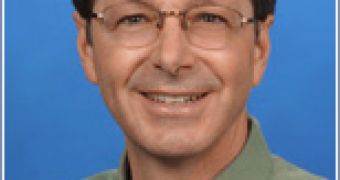How does Trekkie Rick Rashid become senior vice president of research at Microsoft Corp? Simple, he's got good ideas. As professor in this field at Carnegie Mellon University in the 1980s, Rashid was lead developer of a computer operating system that moved data more efficiently than other programs. The OS, called Mach, was freely released to developers to use as they wish, and the core of the technology is still active inside Apple Computer Inc. OS X software for the Mac.
One can say that his love for Star Trek gave him an outlook on life that's hardly seen today. "The reason I went into computer science is that I wanted to create something that hadn't been done before." He's allocated $250 million a year that he puts in projects that will define future needs, although it does not compare to the $6.2 billion Microsoft throws on overall research and development.
The twist to his whole operations comes by how effective they are. This isn't measured in the amount of work that gets transferred into the company's products, but rather the staff is judged on the number of important papers they unveil in technical journals or at conferences. With this goal in mind, it's no wonder why many of them are in the National Academy of Engineering. They are "people who want to change the world," he says. "They have an evangelical zeal."
His team's work accounts for a lot of genuine and original ideas that they have encorporated and built themselves, like the grammar checker in Microsoft Office, and ClearType, a display technology that produces crisper text resolution in Windows XP. Researchers also came up with spam filters that block unwanted e-mails in MSN Hotmail, a free feature that stops 3.2 billion messages a day. If you've used one of the many Microsoft products/services on the market, Rick Rashid and his team probably had something to do with it.

 14 DAY TRIAL //
14 DAY TRIAL //